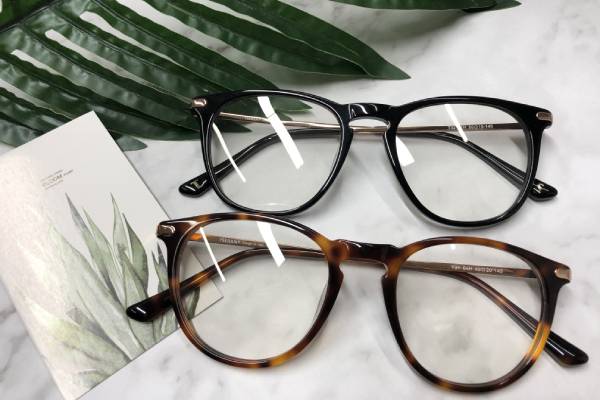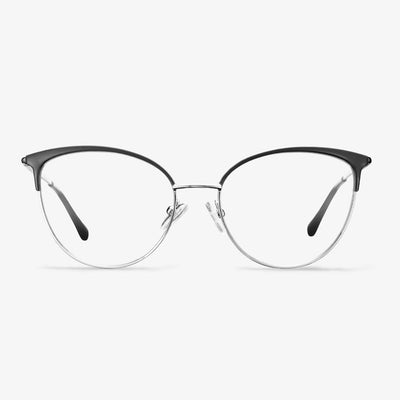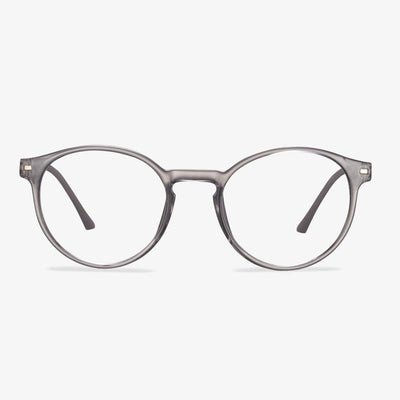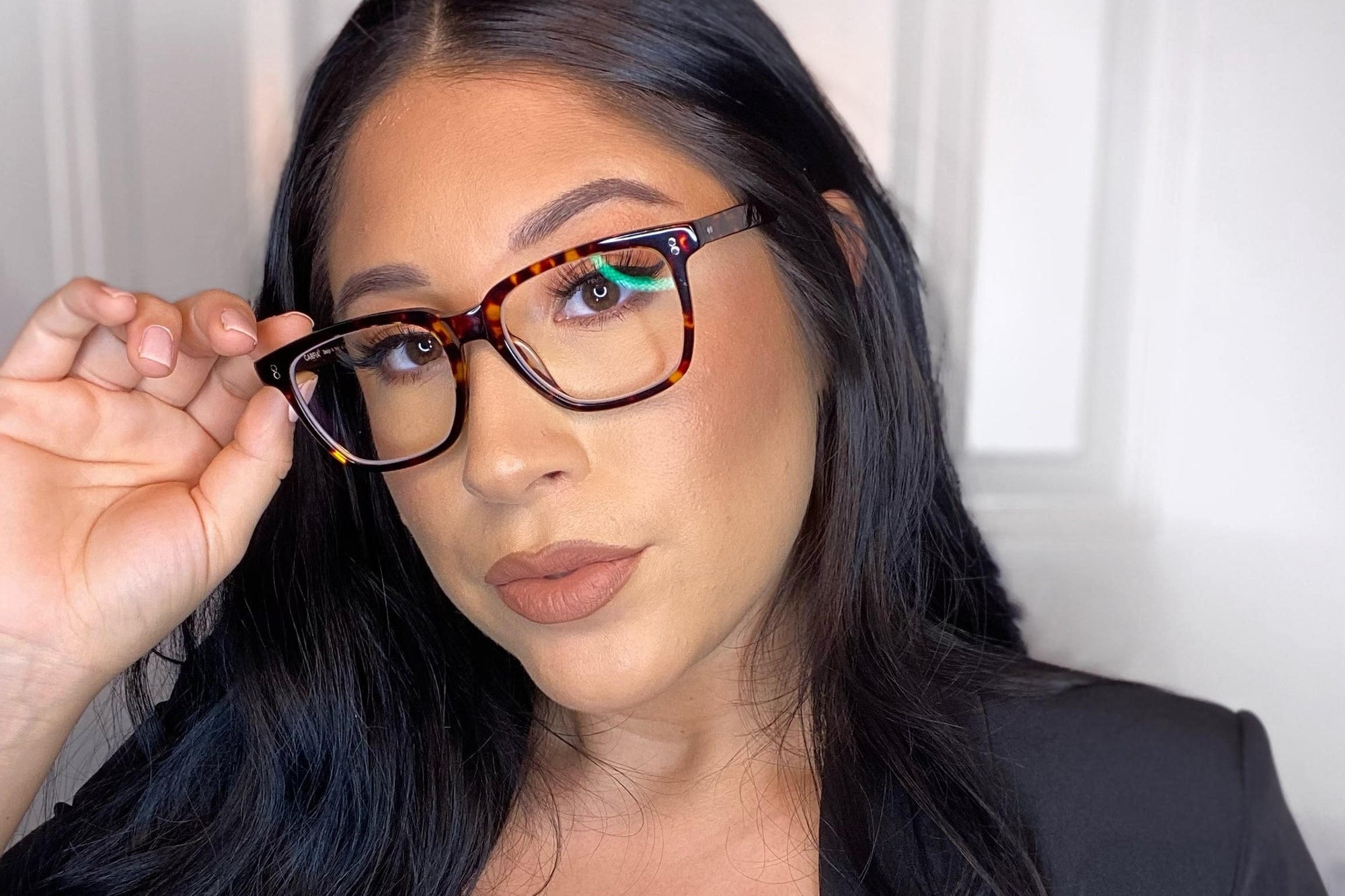The safety role of glasses
Labor protection glasses can help professionals to prevent accidental injuries while working. The main role is to protect the eyes and face from ultraviolet, infrared, and microwave electromagnetic radiation, dust, metal and sand debris, and chemical solution sputtering damage. Many young people like to play computer games, so the eyes are easy for to occur myopia, but radiation glasses can reduce radiation. Chemical solution protection glasses are mainly used to protect eyes from chemical damage caused by irritating or corrosive solutions.
The Price of Progressive Lens
On both sides of the lens of the progressive lens, some places are deformed, which makes the image blurred. In addition, it has a narrow field of view in the near and middle distances. The narrow focus point for a long time can easily make the eyes tired. It is suitable for the alternate vision of far, middle, and near. Under normal circumstances, the price of the progressive lens is different from the purchase merchant, region, brand, and quality, but the price of the progressive lens on the official website is between 30-85 US dollars. Of course, some products will be less than $30, or more than $85.
Will Non-Prescription Glasses Damage Your Vision?
Wearing non-prescription glasses has no negative effects on your vision. Wearing them is just like looking through a clear window. They even provide protection for your eyes. If your lifestyle or work requires you to be in front of computer screens for a long time, consider wearing non-prescription glasses with a blue light filter.
How can you tell if blue light glasses work?
It can be identified in the light. Ordinary lenses have a yellowish feeling under the reflection of light, while the anti-blue lens film color has blue on the yellow-green film, which is the cause of reflecting blue light out. Check the instruction manual to verify that the lenses contain radiation-resistant materials. When wearing, you can look at the electronic screen far away, and check if there is a sense of irritation to the eyes. The biggest difference between the regular lens and the anti-blue lens is the coating layer. If you look carefully, you can see that the anti-blue lens layer is very clear. Put the anti-blue light glasses on the fully open phone screen and observe if the covered area is blue. If it is, the prevention effect is good. This is because the blue light emitted by the phone is reflected on the phone screen by the lens.
Tortoiseshell glasses are comfortable to wear.
For myopic friends, a comfortable frame is needed. Tortoiseshell glasses frame is convenient to wear. When you sweat in summer, the frames will not slide, and the bridge of your nose will not be marked. This is one of the reasons why many people like tortoiseshell frames.
For people who need to wear glasses, it is very important to match a suitable pair of glasses, because glasses will usually use for a long time. If the collocation is not good, it will not only affect the appearance, but bring dizziness, or even eye discomfort. Tortoiseshell glasses frame again gets the public love and becomes the pursuit of personality of modern fashion, tide.
Learn the 9 Necessary Parts of Glasses
Rims: the rims lend form and character to your eyeglasses and they also provide function by holding the lenses in place.
End pieces: they are small parts on the frame that extend outward and connect the lenses to the temple.
Bridge: it is the center of the frame that rests on your nose and joins the two rims together.
Hinges: hinges sit between the end pieces and the temple, allowing you to close your glasses folding the temple inward.
Lenses: lenses are the essential parts of eyeglasses. They are clear pieces of glasses, plastic or other lens materials held in place by the rims. The lenses are crafted and shaped with your unique prescription to help you to see clearly.
Screws: they are the small metal fasteners near the hinges and they are used to connect the end pieces with the temples.
Nose pads: nose pads give your glasses a more comfortable and secure fit. They are the round plastic pieces under the bridge that sit on your nose.
Pad arms: pad arms are able to extend from the rims and hold the nose pads in place. They are adjustable to fit the natural shape of your face.
Temples: temples are the long arms on both sides of the frame that fit over your ears for a snug fit.
These are all the 9 essential parts of eyeglasses. Knowing the name of parts of glasses can help you to repair them once they are broken or crooked.
Types of Bifocal Lenses
Executive: in this type of bifocal lens, the lens is separated completely from each other and the upper part of the lens and the lower part of the lens are divided into two equal halves. There is a distinction line and it is visible.
Progressive lens: these types of lenses are more popular than the other kind of lenses. There is no line in the progressive lens. There is a slow transition of the power from the upper part of the lens to the lower part of the lens.
Progressive multifocal lenses: a progressive multifocal lens gradually changes power from the upper part of the lens to the lower part of the lens and gives a smooth transition between the two different types of bifocal lenses. There is no distinction line in the lens. They are popular because they provide better adaption, comfort, and clarity than the other lenses.











































